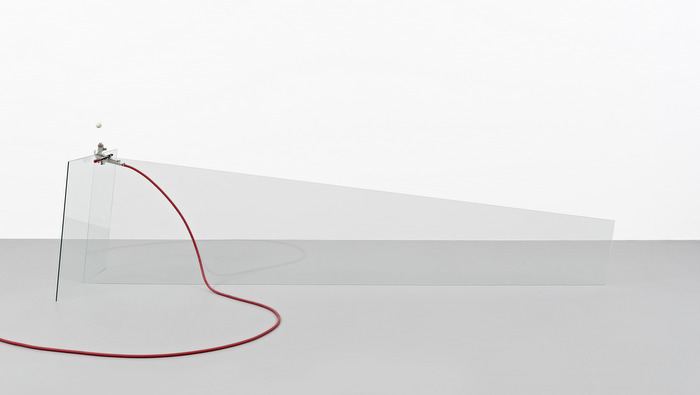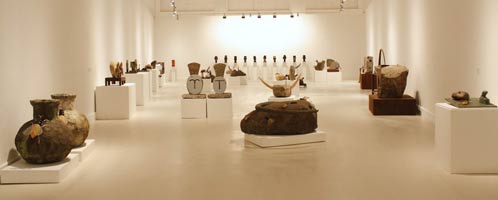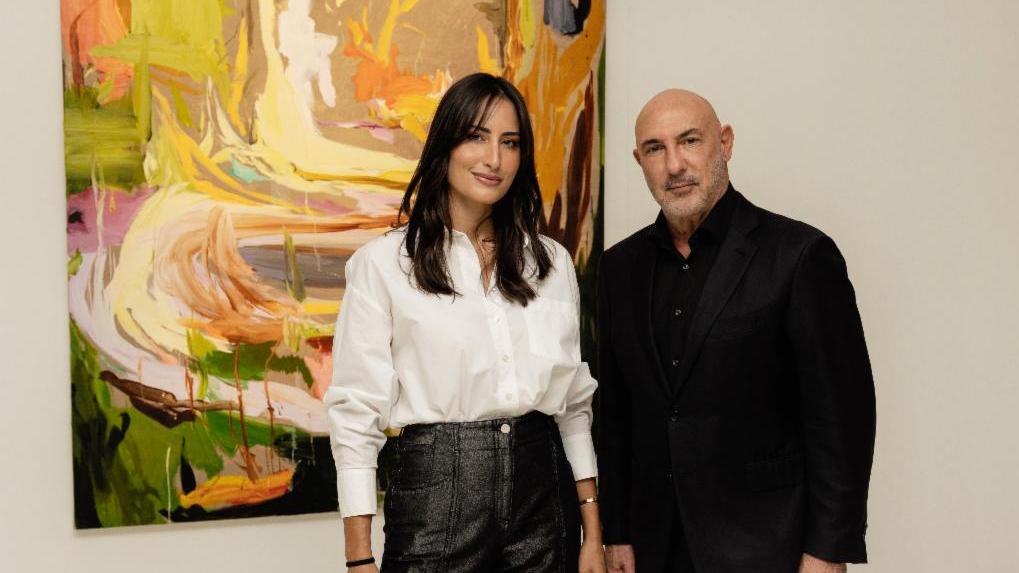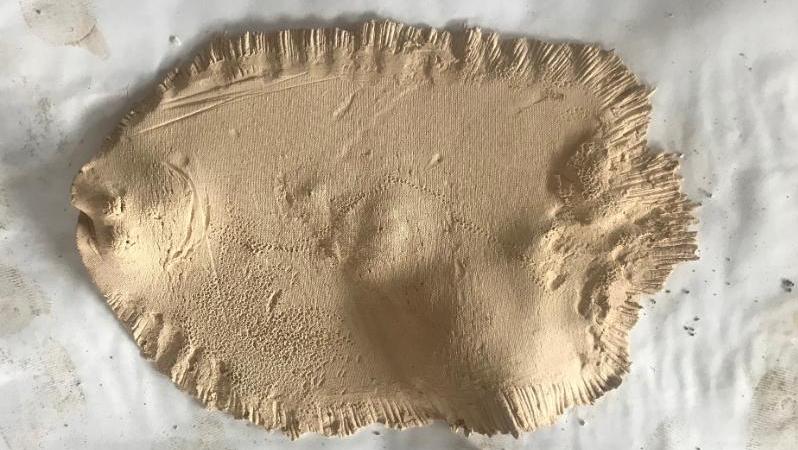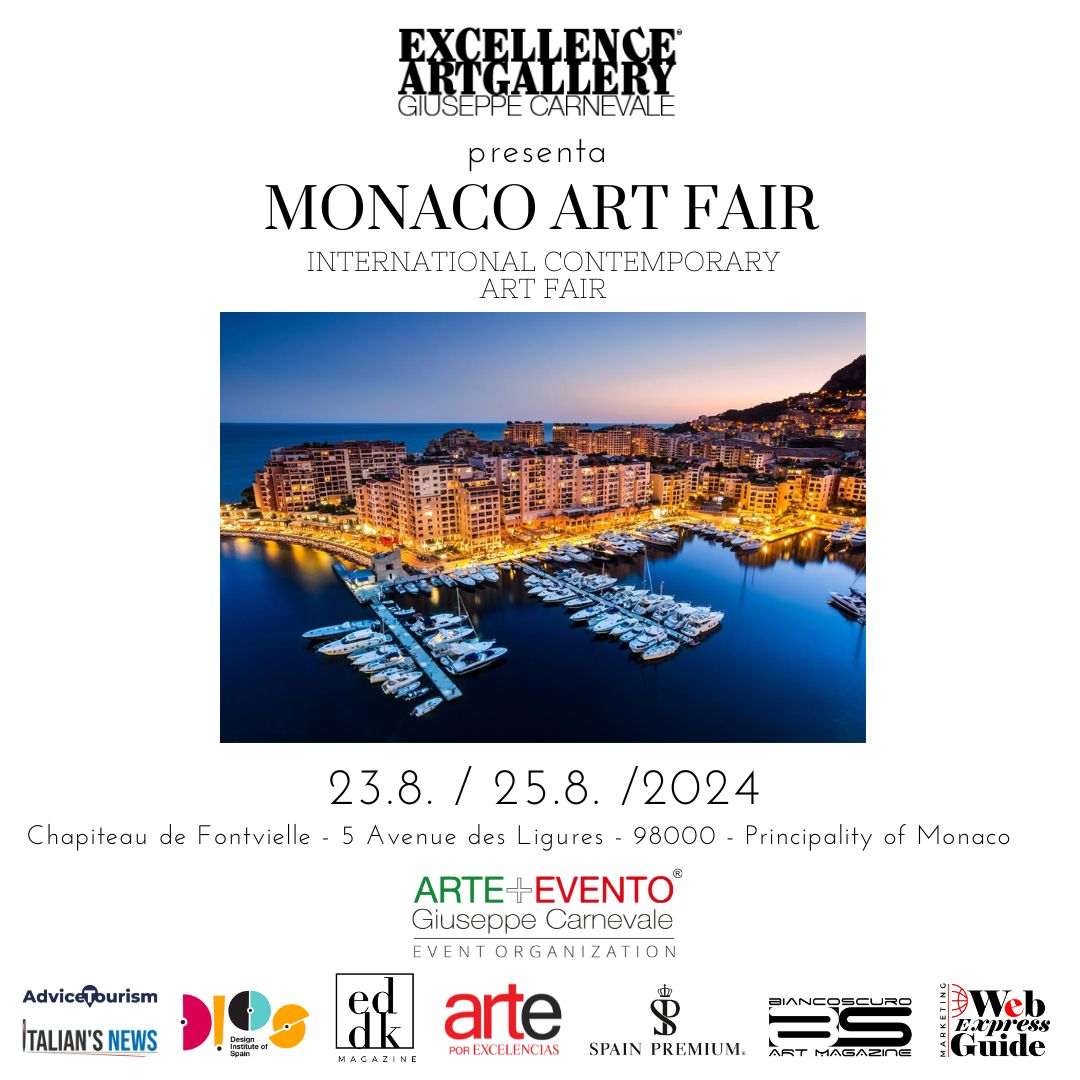The Malaga Center for Contemporary Arts presents Sculptures 1973-2012 by Eduardo Arroyo. The exhibit, curated by Fernando Frances, culls the most important sculpture flashback ever pieced together from this Madrid-based artist, stretching out from his early works all the way to last year’s additions. The exposition showcases unpublished pieces and other works that recreate this many-sided artist’s creative stages. Eduardo Arroyo invites viewers to travel into a fantastic world by the hand of uneasy figures and faces of characters linked to the history and nature of the environment where either the raw materials to make the artworks or the works themselves hail from. He’s the recipient of the 1982 National Fine Arts Prize. In 1995, together with sculptor Andreu Alfaro, he represented Spain at the 46th Venice Biennale. He currently lives and works in both Madrid and Paris. This exhibit is part of the actions scheduled to celebrate the tenth anniversary of the Malaga CAC (2003-2013).
“Nature conditions you, takes me into a mythological world,” says Eduardo Arroyo about his sculptures, many of which have been inspired in the mountains around the town of Lacina (Leon) where he lived during this adolescence and youth periods. Thus, the artist puts the raw materials he makes use of on the front burner and relies on them as a source of inspiration and a fundamental part of the end result. The Malaga CAC is now presenting the largest retrospective ever made of Eduardo Arroyo’s sculptures (Madrid, 1937), consisting of over seventy pieces that span four decades of his work and reveal the evolution of his work from a unique perspective. What’s more, the exposition boasts a few unpublished artworks, such as Unicorn (2009), Tattoo (2005), Fantomas (2007) and Waldorf Astoria (2012).
At the exhibit displayed at the Malaga CAC, the artist lays bare characters –either real or unreal- that are part of mythology. The Naked Beauty (1987) is a good case in point since it looks like something snatched out of an unreal world. However, the restless faces and feature eventually give the character away. Built in stone, bronze, wood, lead or iron, the works are considerably large and heavy.
Eduardo Arroyo went to exile in 1958 and lived in Paris for 23 years. Though he had studied journalism and had planned to make a living out of it, images and their power of transmission started striking his attention. At the end of the day, he gave up on journalism, though he never let go of writing. Eduardo Arroyo is an outstanding artist who excels in narrative figuration, an artistic trend that came into being in Paris back in the 1960s and panned out to be an alternative to abstractionism’s dominating currents. In its most politically-inclined aspect, narrative figuration brings back reminiscences of Pop Art. In 1961, just three years after arriving in Paris, he took part in his first exhibit. Several interventions, in which he rubbed elbows with artists like Francis Bacon, Matta or Dubuffet, followed from that moment on. In 1963, he attended the Third Paris Biennale.
In 1982, Arroyo won the National Fine Arts Prize. The Pompidou Center in Paris and the Guggenheim Center in New York have exhibited flashbacks on Eduardo Arroyo. He’s also participated in personal and collective expositions that were showcased in Spain’s major museums and contemporary art centers over the past decade. He’s also been a part of the Spanish Traveling Art Exhibit overseas, showing his work in such places as the Ludwig Museum in Budapest, the National Museum of Art in Bucharest, the Spanish consular offices in St. Petersburg and the Musée National et d’Art in Luxemburg between 2003 and 2004. In 2007, he exposed Retratos Ejemplares at the Cervantes Institute in Lyon.
Source: Press Release
Publicaciones relacionadas
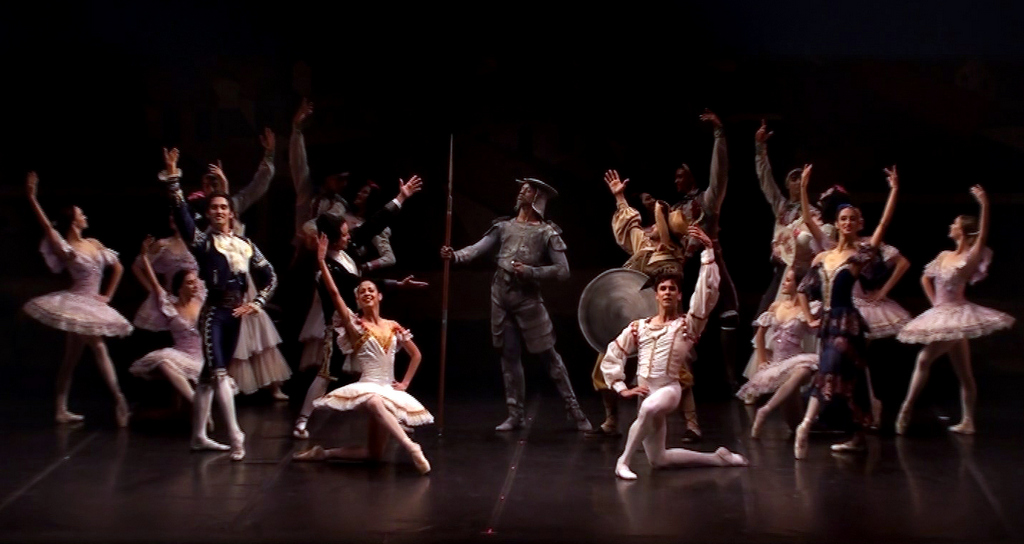
Ballet Nacional de Cuba de gira por la región ibérica
Abril 29, 2024